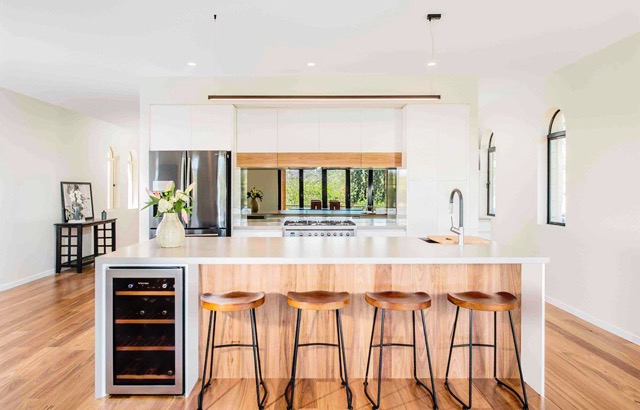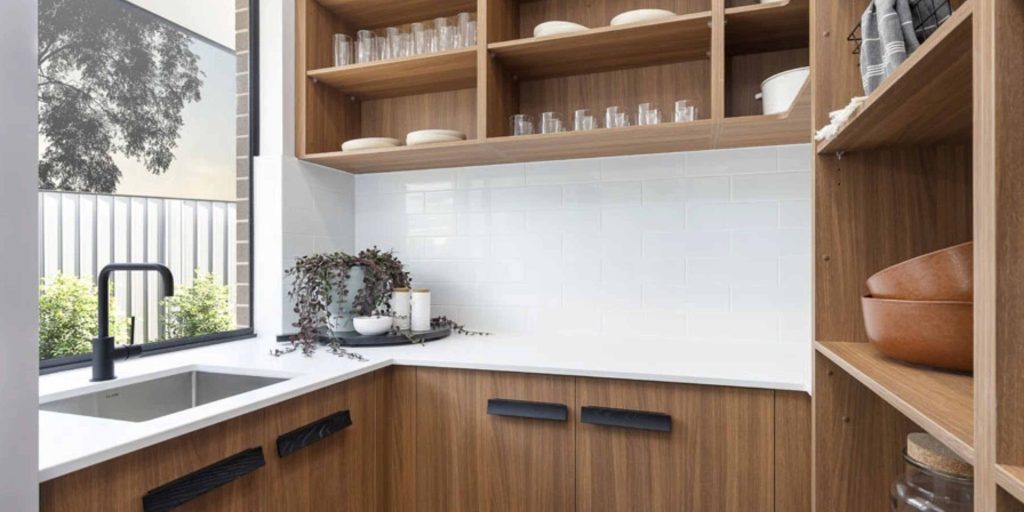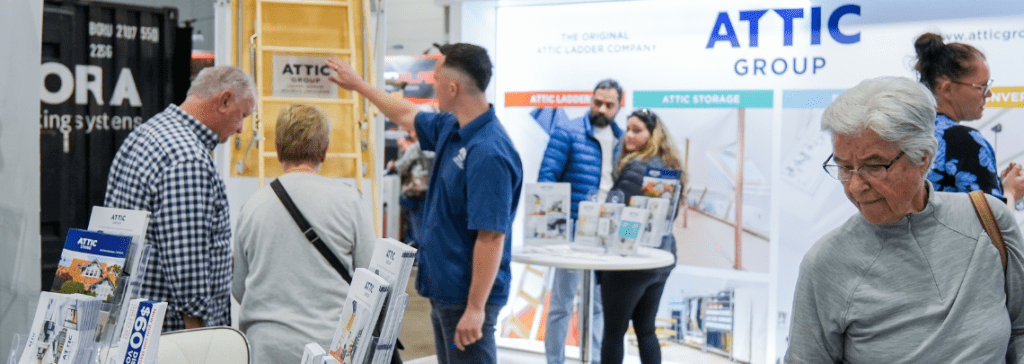A common misconception about home automation is that it’s all-or-nothing, stone age cave or Iron Man lair. However, the reality is many of us already own one piece of the smart home puzzle already.
Smart homes sound like just another layer of complication in a life already overflowing with tech. But these connected homes, done right, can actually reduce the everyday mental clutter, freeing up headspace for more important things… Like Netflix.
We have our mental check-lists for each part of our day. Before we leave the house, make sure we turn off all the lights, turn off the A/C and lock the door. Yet unless we physically stick a list to the door, we often forget something. To live life more in the present, we are told to live more mindfully and throw away thoughts about the future and the past. It is, therefore, counterproductive to worry about somebody breaking in, the house burning down or receiving high energy bills.
AI has been around for a long time and been refined down to an art, to be integrated into the design of the fabric of our homes. A smart home starts with just a personal assistant, levels-up with connected devices and then there’s the fully integrated future-proofed home.

Personal Assistant
This is where most of us sit. We’ve used Alexa while cooking, asked Siri something while driving the car or OK Googled to prove our significant-other wrong!
Through every update, our smartphones have been evolving to anticipate the upcoming smart home revolution like HomeKit on the iPhone, a centralised app for controlling your home set-up. Analysts predict 275 million devices will be used to control smart homes by 2023, up 10-fold.
Matt Manalis from Digital Residence is a speaker for Brisbane Home Show, he summed up level one: “For most it’s about integration and automation, being able to pick up your phone and do everything,”
Not only phones, but 42 per cent of the consumers surveyed in Australia also use a digital personal assistant and by 2022, around 3 million Australian households will have a smart speaker. Choosing a stylish smart speaker can be difficult; the sleek wood finish of Amazon Alexa, the unparalleled voice recognition of Google Home and the technical prowess of Apple HomePod requires some research before choosing.
Even robot home assistants are now fully equipped with the technology as we saw when SanBot make an entrance into the Australian home market at the Home Show, featuring the very same Alexa technology capable of directing the home.
So whether it’s a smartphone, a smart speaker or even a robot you own, most of us have the most important component to a smart home already. Which brings us to the next step…

Smart Devices + Personal Assistant
The next level-up is integrating smart devices into our homes. This is where smart home automation begins, with voice commands. “Siri, turn down the heating to 20 degrees”, “Hello Google, close the blinds I’m going to sleep’, “Hi Alexa, Turn off the lights I’m going to work.”
Smart homes are often linked to the word ‘orchestration.’ Using that metaphor, smart devices are the musical instruments and your personal assistant is the conductor. This includes lighting, security, heating all with network connectivity, the glue that holds everything together.
The easiest and most rewarding place to start is smart LED lighting which can be plugged into existing lamps and light fittings. They connect to your wifi and your wifi connects to your assistant, saving money in energy bills and reducing your carbon footprint.
The good news is that the average cost of connected appliances is set to fall by 52% between 2018 and 2023. And walking around a Home Show will give you the chance to browse a variety of devices, spot the ‘works with’ logo and ask the experts about compatibility with your existing devices.

Fully Integrated Smart Homes
“Spending the time and money future-proofing your home now may seem like a lot of hassle with little short-term payoff, but you will reap the rewards in the years ahead,” says Kurt Hegetschweiler of NBN.
Fully integrated homes are the end goal of the smart home revolution, hard wiring your home ready for all technological advances in the future. Reports show that there will soon be 30 devices on average, per home connected; the average wifi router would probably explode at just the thought of this.
We can compare this to homes today that are not NBN ready, struggling to get connected to the internet in an age where bandwidth is equally important as energy, gas and electricity.
“NBN research shows that 60% of homebuyers feel that a house would have a lower value if their internet needs were not met. So when it comes to future-proofing your home – and ensuring your property holds the best possible value”said Naomi Read, General Manager, Demand Deployment at NBN.
Unless you are a tech guru, making it to level three smart home territory is going to prove difficult without a team to help. These teams usually combine project managers with creative designers to produce bespoke home solutions. Their army of AV technicians, Electricians, Sound Engineers, Security Experts and IT professionals will get your home working in harmony.



